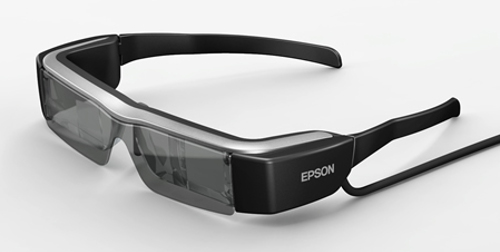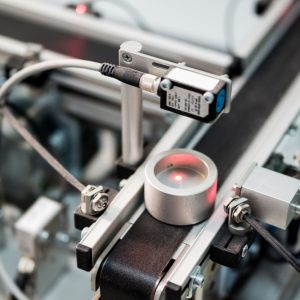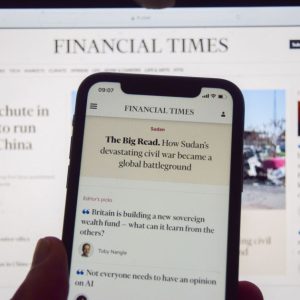
Epson, best known for printers and projectors, released its Moverio BT-200 smart glasses for less than half the current price of Google Glass.
What’s the difference?
1. Design
Unlike Glass, Moverio BT-200 has a screen for each eye with 960 x 540 pixels the company claims is the visual equivalent of having an 80-inch TV strapped to your head.
On the other hand, Glass offers 640X360 pixel resolution, which Google claims provides the equivalent to that of a 25-inch HD display when viewed from eight feet away.
The Moverio lense is double the size of Glass and can be adjusted for prescriptions and sun shading as needed. Unlike Glass, Moverio isn’t wireless and requires the use of a handheld touchpad plugged in with a wire to operate, accessible via Wi-Fi or Bluetooth.
Nathan Olivarez-Giles, from the Washington Post, said: "Though lightweight and comfortable, the glasses are far from stylish.
"We found that this isn’t the sort of thing you’ll want to wear while walking down the street – or even watching a baseball game, like with Glass."
2. Technology
Moverio runs on Google’s Android 4.0 Ice Cream Sandwich, released in 2011, while Glass runs on the Android 4.4.
Like Google Glass, the headset has an integrated front-facing camera for video and image recording that can be potentially used for augmented reality applications.
Epson says its headset is also equipped with a memory slot, Dolby speakers and sensors such as gyroscope, accelormeter and magnetic compass for head tracking and hands-free navigation.
"Micro projectors located on each side of the eyeglasses project transparent overlays of digital content directly in the user’s field of view over the real-world environment," Epson said in a statement.
Other tech specs for Glass, which Google revealed in April 2013, include a bone conduction transducer that provides audio, a 5-megapixel camera with 720p video capture and 16GB of flash memory.
While Moverio offers six hours of battery life, Glass hasn’t given precise figures for its battery but is supposed to provide ‘one full day of typical use’.
3. Application
The Moverio specs are so far being explored for business use and office use more so than a consumer device that you can take everywhere.
Developers are working with Epson to create applications for retailers, surgical training for doctors and remote field service support for complex repair assistance.
Anna Jen, director, new products for Epson America, said: "With these improvements, Moverio BT-200 is poised to deliver an AR experience that will revolutionise workflow, training and repair in the enterprise environment."
In comparison, real-life examples of Google Glass expected to go into action range from sentiment analysis that detects human feelings based on facial expressions, fitness reality games and an app to help fire fighters work faster and safer.
4. Price
The Moverio BT-200 smart glasses are available at $699.99 to the public from Epson.com or prelaunch.com.
The price of Google Glass is currently $1,500, which doesn’t include tax or the frames for prescription lenses and sunglasses you might need to go with it. However the retail price, which is expected to be announced later this year, could be a lot cheaper, possibly costing as much as a high end smart phone.
Check out CBR’s article explaining the cost of Google Glass to find out why.






